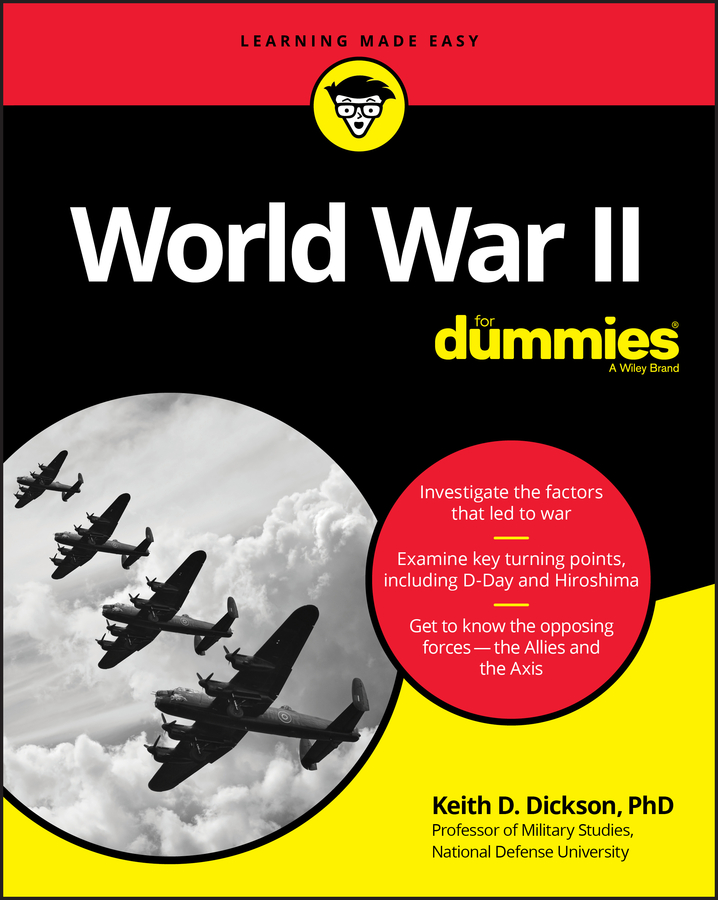The attack on Pearl Harbor, prompted Japanese forces to expand their warpath to include most of the Pacific and forced U.S. troops to join World War II. Although the Japanese had early success in the Pacific, U.S troops quickly gained ground, conquering the Pacific and ultimately winning World War II overall.
Within a few months after Pearl Harbor, the Japanese conquered much of the Pacific including Guam, Wake Island, Hong Kong, Singapore, the Dutch East Indies, Burma, and the Philippines. Drunk with victories, Japanese forces continued to expand their dominance in the Pacific during the first few months of World War II.
About the only good news for the Allies came on April 18, 1942, when a squadron of B-25 bombers launched from an aircraft carrier and led by Colonel James Doolittle managed to bomb Tokyo. The planes did little damage and none of the planes made it back, with most of the crews having to ditch them in China. Still, Doolittle’s raid was a huge shot in the arm for sagging American morale.
U.S. strategists decided to strike back on two fronts. The first, under General Douglas MacArthur, would move north from Australia, through New Guinea, and then back to the Philippines. The second, under Adm. Chester Nimitz, would move west from Hawaii and then hopscotch from island to island toward Japan itself.
But first the Japanese offense had to be stopped. The initial halt came in early May 1942, at the Battle of the Coral Sea, northwest of Australia. It was the first naval fight in history where the fighting ships never actually saw each other: All the combat was done by planes from each side’s aircraft carriers.
The battle was pretty much a draw, but the Japanese fleet carrying invasion troops to New Guinea had to turn back, marking the first time the Japanese had not won outright.
The real turning point, however, came between June 3 and June 6, in a fierce naval battle near the U.S.-held Midway Island. Tipped to Japanese plans by intercepting their messages and breaking their codes, U.S. forces managed to sink four Japanese aircraft carriers, losing only one. The victory returned control of the central Pacific to the Allies.
A few months after the Battle of Midway, the United States took the offensive in the Solomon Islands, winning battles at Gavutu, Tulagi, and Guadalcanal. It took six grueling months to take Guadalcanal, but by mid-1943, the Japanese forces were either retreating or on defense nearly everywhere.
Now it was The Unites States's turn. In February 1944, forces under Nimitz won victories in the Marshall Islands, and in the fall, allied forces reopened supply lines in Southeast Asia into China. In mid-1944, a U.S. armada struck the Marianas Islands of Tinian, Guam, and Saipan, and on October 20, 1944, MacArthur made good on an earlier promise and returned to the Philippines.
As the Germans did at the Battle of the Bulge, the Japanese threw everything they had into a counteroffensive. And, like the Germans, they lost. The Battle of Leyte Gulf cost Japan four more carriers and all but ended its ability to mount an offensive.
Next came the battle for the island of Okinawa, just 370 miles south of Japan itself. The Japanese sent suicide planes called kamikazes (“divine wind”) on one-way trips into U.S. ships, and while they were horrifyingly effective, they weren’t enough. After 50,000 Allied and 100,000 Japanese were killed or wounded, Okinawa fell in late June 1945.
U.S. submarines were taking a huge toll on Japanese supply lines, sinking more than half of all the enemy’s cargo ships by the end of the war. American planes, meanwhile, had been softening up the Japanese mainland.
In May 1945, they dropped napalm on Tokyo, killing 80,000 people. The bombings were designed to make the eventual invasion of Japan easier. Even so, U.S. strategists figured it would take more than a year of fighting and more than 1 million American soldiers would be killed or wounded before the Japanese homeland would fall.

